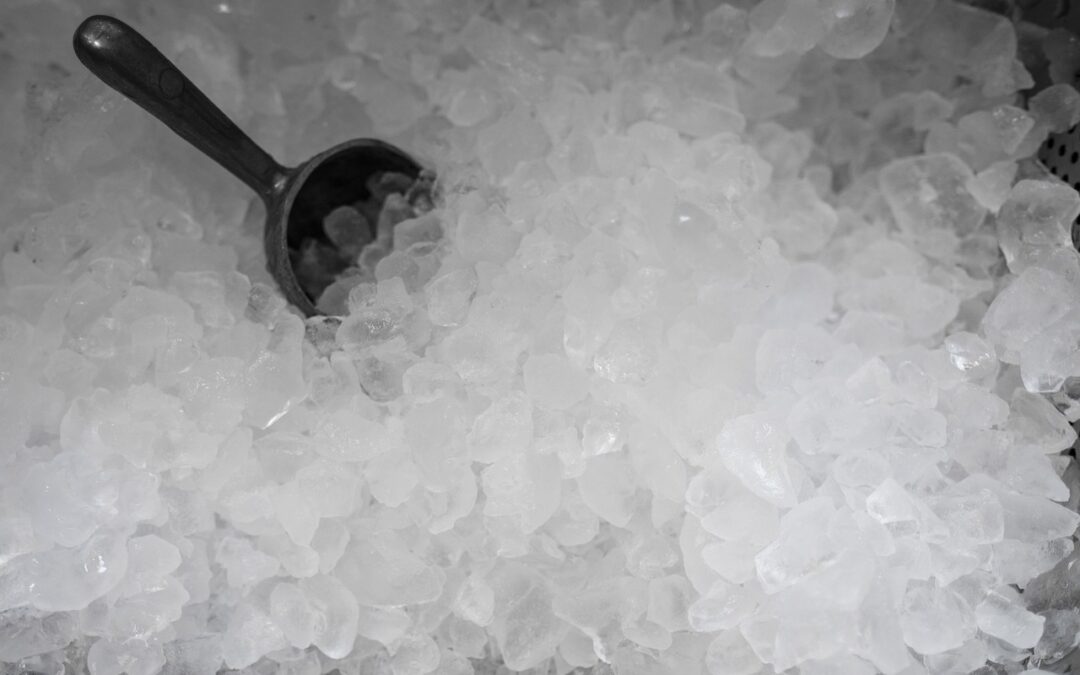Use of cryotherapy in the postoperative management of paediatric anterior cruciate ligament reconstruction: a prospective randomised controlled trial
Wong JYS, Ashik MBZ, Mishra N, Lee NKL, Mahadev A, Lam KY. J Pediatr Orthop B. 2023 Aug 25. doi: 10.1097/BPB.0000000000001120. Epub ahead of print. PMID: 37669155.
https://pubmed.ncbi.nlm.nih.gov/37669155/
Take-Home Message
Young patients experienced minimal benefits in pain and range of motion from using an ice pack during the first 6 weeks after an anterior cruciate ligament (ACL) reconstruction (ACLR).
Background
ACL injuries and subsequent ACLRs are becoming more common in the young active population. However, we lack a consensus on the best treatment protocols following ACLRs within this population. For example, some clinicians disagree about whether to use cryotherapy acutely after ACLR.
Study Goal
The authors sought to examine the efficacy of cryotherapy in relieving postoperative pain and restoring knee range of motion after ACLR in pediatric patients over 6 weeks.
Methods
The authors randomized 42 pediatric patients (~15 years of age; 55% female) undergoing ACLR from January 2019 to December 2020 into a post-surgical ice group (n=21) or no ice group (n=21) and assessed pain at rest and on movement via a visual analog scale and knee range of motion at baseline (day 1 after surgery) and then 1,4, and 6 weeks post-surgery. Patients within the ice group received an ice pack and applied the pack 3 times a day for 20 minutes with a 4-hour minimum window between ice treatments for 6 weeks. Patients were excluded from data analysis if they missed more than 2 of the 6 physiotherapy visits.
Results
The ice treatments had minimal impact on knee extension range of motion and pain at rest or with movement. Immediately after surgery, the no-ice group had better knee flexion range of motion than those receiving ice (53 vs. 31 degrees). The ice group then had more improvements in range of motion during the first 6 weeks after surgery compared to the no-ice group (99 vs. 65 degrees improvement; final range of motion: 130 vs. 119 degrees). No one reported a cold injury or skin change.
Viewpoints
The authors suggest that adding cryotherapy during the acute stage after ACLR is a low-risk intervention that could improve range of motion outcomes. However, we need to be careful since each group only had 21 participants, and the groups started with different amounts of knee flexion range of motion. It would be helpful to perform larger studies that explore these outcomes, medication use, compliance/adherence, and patient preferences/expectations. It would be interesting to know if other strategies, such as cold water immersion or active recovery, would improve outcomes better than an ice pack. Furthermore, it would be interesting to use newer assessment strategies to determine if an ice pack offered pain relief immediately after the treatment compared to before. The ice packs may offer minimal benefit at biweekly visits but provide substantial relief in the moment. We need more evidence to inform the best way to treat young patients after an ACLR, but an ice pack is a low-cost, low-risk treatment that can be used if a patient desires.
Clinical Implications
Medical professionals can continue to provide athletes with cryotherapy education and treatment options. However, they should note that the improvements in pain and ROM are small. This information is important to communicate with patients so they can make informed treatment decisions about whether they want to continue with ice.
Questions for Discussion
Do you encourage your patients to use ice after surgery? What outcomes have you seen using ice? Do you use other alternative methods to decrease pain and increase range of motion within 6 weeks post-surgery?
Related Posts
- Take a Dunk if You Want, But Don’t Expect More
- Cold-water Immersion for Preventing and Treating Muscle Soreness After Exercise
- Colder May Not Be Cool for Recovery
- Delayed Onset Muscle Soreness: Put a Freeze on it or Heat it up?
- Whole-body Cryotherapy on Proprioception and Muscle Damage
Written by Jane McDevitt
Reviewed by Jeffrey Driban


